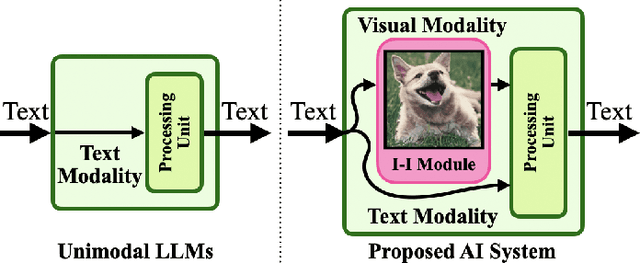Seyed Arshan Dalili
AIMA at SemEval-2024 Task 3: Simple Yet Powerful Emotion Cause Pair Analysis
Jan 19, 2025Abstract:The SemEval-2024 Task 3 presents two subtasks focusing on emotion-cause pair extraction within conversational contexts. Subtask 1 revolves around the extraction of textual emotion-cause pairs, where causes are defined and annotated as textual spans within the conversation. Conversely, Subtask 2 extends the analysis to encompass multimodal cues, including language, audio, and vision, acknowledging instances where causes may not be exclusively represented in the textual data. Our proposed model for emotion-cause analysis is meticulously structured into three core segments: (i) embedding extraction, (ii) cause-pair extraction & emotion classification, and (iii) cause extraction using QA after finding pairs. Leveraging state-of-the-art techniques and fine-tuning on task-specific datasets, our model effectively unravels the intricate web of conversational dynamics and extracts subtle cues signifying causality in emotional expressions. Our team, AIMA, demonstrated strong performance in the SemEval-2024 Task 3 competition. We ranked as the 10th in subtask 1 and the 6th in subtask 2 out of 23 teams.
AIMA at SemEval-2024 Task 10: History-Based Emotion Recognition in Hindi-English Code-Mixed Conversations
Jan 19, 2025

Abstract:In this study, we introduce a solution to the SemEval 2024 Task 10 on subtask 1, dedicated to Emotion Recognition in Conversation (ERC) in code-mixed Hindi-English conversations. ERC in code-mixed conversations presents unique challenges, as existing models are typically trained on monolingual datasets and may not perform well on code-mixed data. To address this, we propose a series of models that incorporate both the previous and future context of the current utterance, as well as the sequential information of the conversation. To facilitate the processing of code-mixed data, we developed a Hinglish-to-English translation pipeline to translate the code-mixed conversations into English. We designed four different base models, each utilizing powerful pre-trained encoders to extract features from the input but with varying architectures. By ensembling all of these models, we developed a final model that outperforms all other baselines.
Imaginations of WALL-E : Reconstructing Experiences with an Imagination-Inspired Module for Advanced AI Systems
Aug 20, 2023



Abstract:In this paper, we introduce a novel Artificial Intelligence (AI) system inspired by the philosophical and psychoanalytical concept of imagination as a ``Re-construction of Experiences". Our AI system is equipped with an imagination-inspired module that bridges the gap between textual inputs and other modalities, enriching the derived information based on previously learned experiences. A unique feature of our system is its ability to formulate independent perceptions of inputs. This leads to unique interpretations of a concept that may differ from human interpretations but are equally valid, a phenomenon we term as ``Interpretable Misunderstanding". We employ large-scale models, specifically a Multimodal Large Language Model (MLLM), enabling our proposed system to extract meaningful information across modalities while primarily remaining unimodal. We evaluated our system against other large language models across multiple tasks, including emotion recognition and question-answering, using a zero-shot methodology to ensure an unbiased scenario that may happen by fine-tuning. Significantly, our system outperformed the best Large Language Models (LLM) on the MELD, IEMOCAP, and CoQA datasets, achieving Weighted F1 (WF1) scores of 46.74%, 25.23%, and Overall F1 (OF1) score of 17%, respectively, compared to 22.89%, 12.28%, and 7% from the well-performing LLM. The goal is to go beyond the statistical view of language processing and tie it to human concepts such as philosophy and psychoanalysis. This work represents a significant advancement in the development of imagination-inspired AI systems, opening new possibilities for AI to generate deep and interpretable information across modalities, thereby enhancing human-AI interaction.
 Add to Chrome
Add to Chrome Add to Firefox
Add to Firefox Add to Edge
Add to Edge